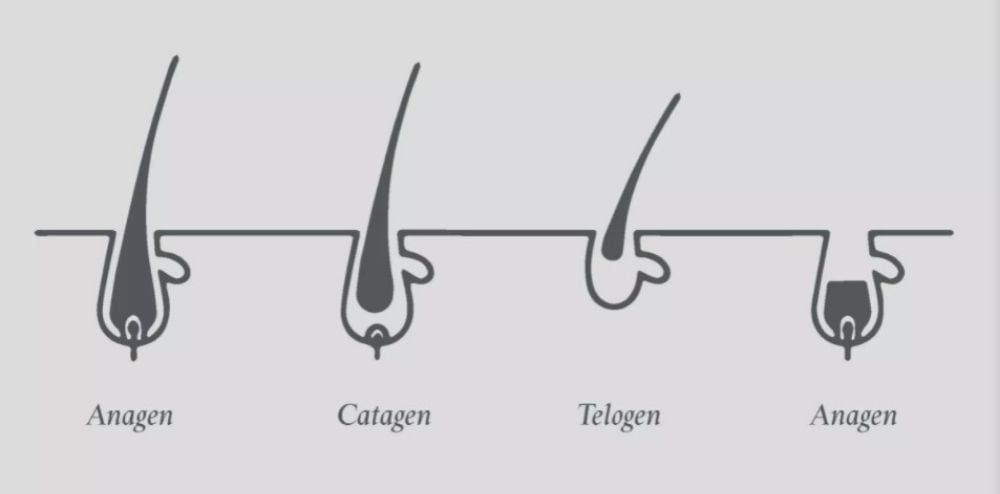Hair transplant surgery can be a life-changing experience for many men and women. Not only does it help to restore the look and feel of a full head of hair, but it can also improve self-confidence and self-esteem. But, once the surgery is complete, what does the hair growth cycle after a hair transplant look like?
Understanding the phases of the hair growth cycle is essential for hair transplant recipients. It helps to determine the timeline for when a person can expect to see the results of the procedure. Let’s take a closer look at the three phases of the hair growth cycle after a hair transplant.

The Anagen Phase
The first phase of the hair growth cycle is the Anagen phase. This is the active growth phase of the hair follicle and typically lasts around 3-5 years. During the Anagen phase, the hair follicles are actively growing, and new hairs are being produced. At this stage, the hairs are usually quite thick and healthy.
The Catagen Phase
The second phase of the hair growth cycle is the Catagen phase. This is a transitional stage in which the hair follicle begins to shrink and the hair begins to detach from the scalp. This phase typically lasts around 2-3 weeks. During this stage, the hairs are still present, but they are usually thinner and lighter in color.
The Telogen Phase
The final phase of the hair growth cycle is the Telogen phase. This is the resting phase of the hair follicle and typically lasts around 3-4 months. During this phase, the hairs are no longer actively growing and are in a dormant state. At this stage, the hairs are usually thin and brittle.
It’s important to remember that the hair growth cycle is different for everyone. Some people may experience the Anagen phase for longer than others, and some may experience the Catagen and Telogen phases for shorter periods. It’s important to talk to your doctor or hair specialist about the best approach for your individual hair growth cycle.
Once the hair transplant surgery is complete, the growth rate of the newly transplanted hair will depend on its own individual hair growth cycle. It’s important to be patient and understand that it can take time for the transplanted hair to fully develop.
Conclusion
The hair growth cycle after a hair transplant is an important process to understand. Knowing the different phases of the hair growth cycle can help hair transplant recipients understand the timeline for when they can expect to see the results of the procedure. The Anagen phase is the active growth phase, the Catagen phase is the transitional phase, and the Telogen phase is the resting phase. By understanding the hair growth cycle, hair transplant recipients can better plan for when they will see the results of the procedure.







